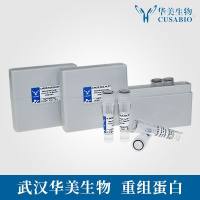When analyzing reprogramming after nuclear transfer, it is interesting to focus on the nucleolar compartment, which is the most morphologically well-defined compartment in the nucleus. As with many messenger RNA-encoding genes, the ribosomal RNA genes are expressed in the nuclei of cells used for nuclear transfer. We suppose that a successful passage from the expression of genes specific to somatic cells to those characteristic of an early embryo implies the transient arrest of any expression under the effect of the oocyte cytoplasm. After nuclear transfer, it is possible to observe using electron microscopy the changes in nucleoli that reflect their activity. In successful cases, the nucleoli are deactivated effectively before the end of the one-cell stage. Sometimes however, incomplete changes or delays in the process may be observed that eventually are associated with abnormal development. It is possible to confirm the diagnosis using other techniques, three examples of which are given: the loss of reticulated structure of nucleoli may be quickly detected by immunofluorescence; proteins that are specific for a nucleolar component can be tracked during nucleolar changes by immunochemistry on thin sections; and the presence of deoxyribonucleic acid inside a nucleolus (indispensable for its activity) can be verified by ultrastructural cytochemistry.






